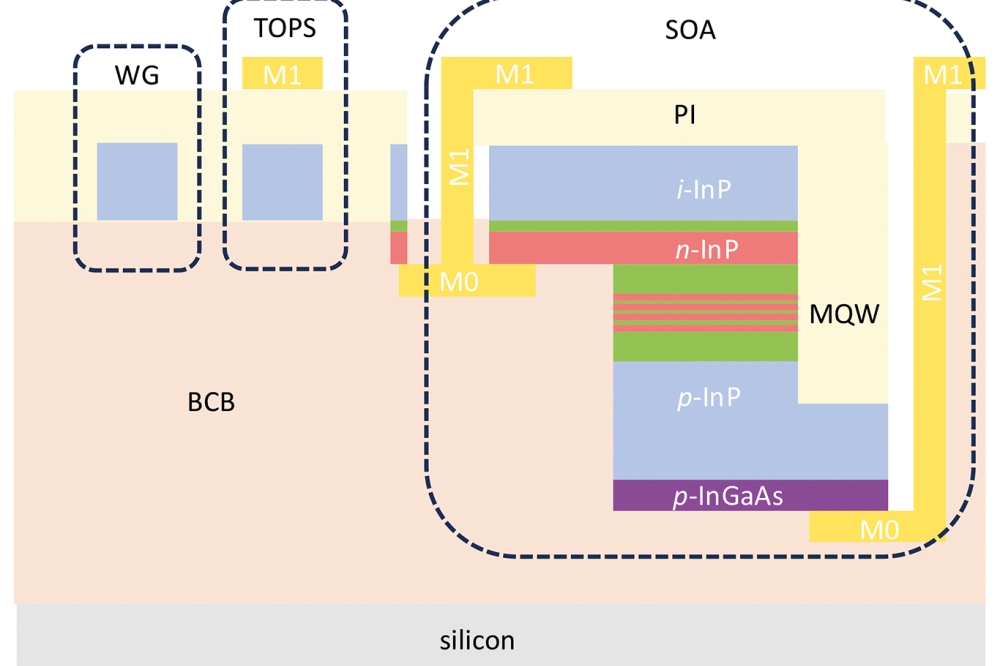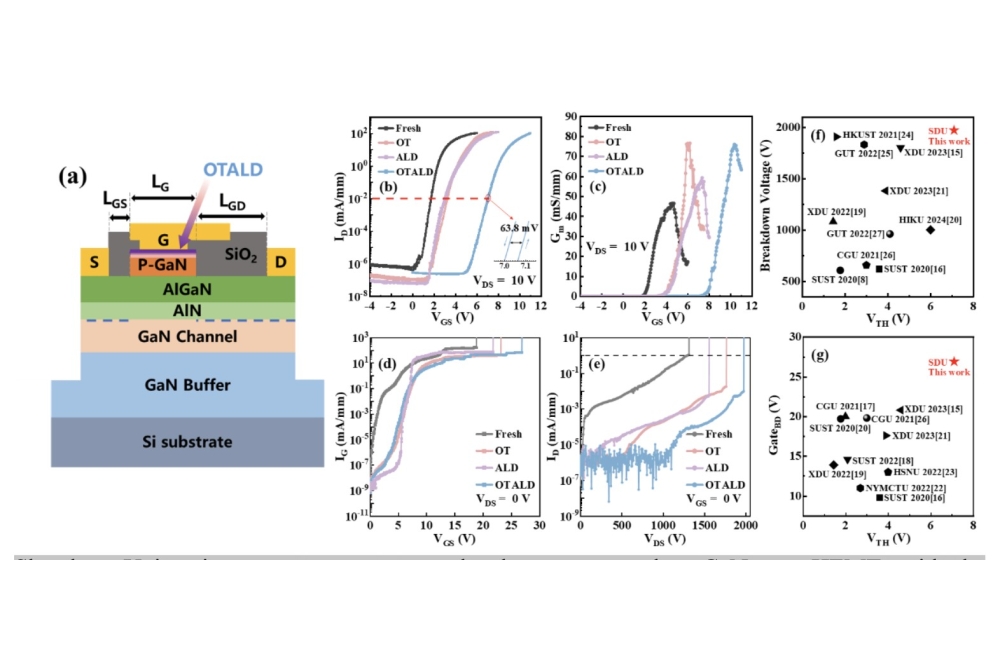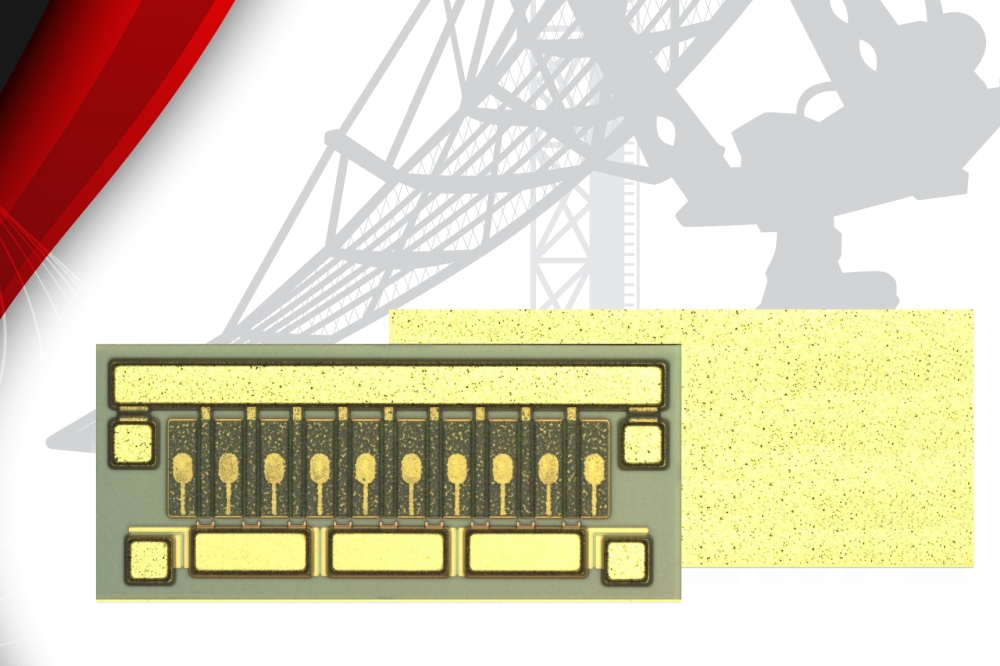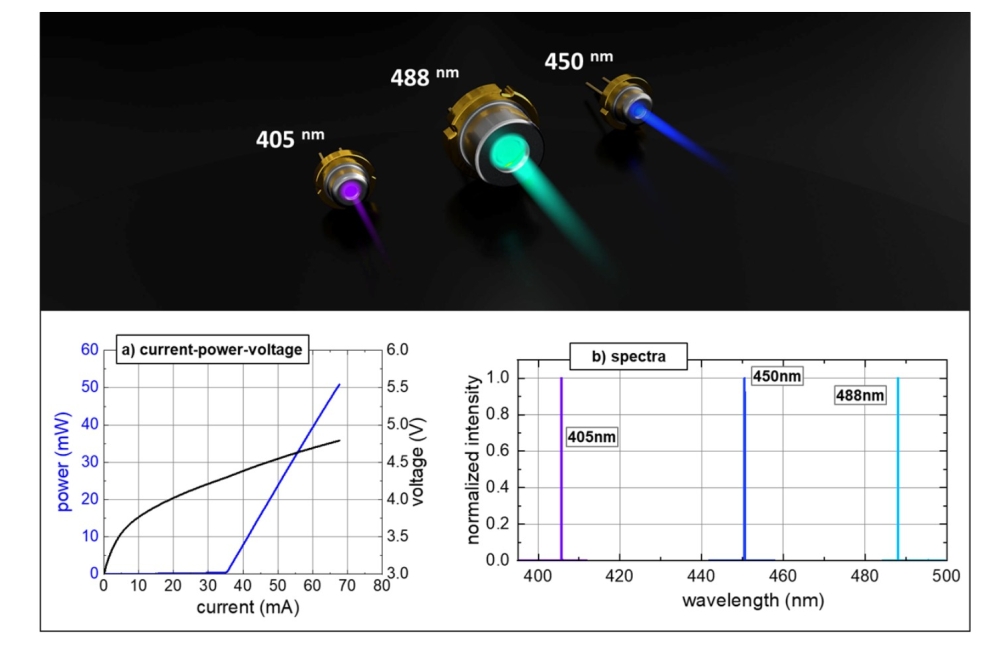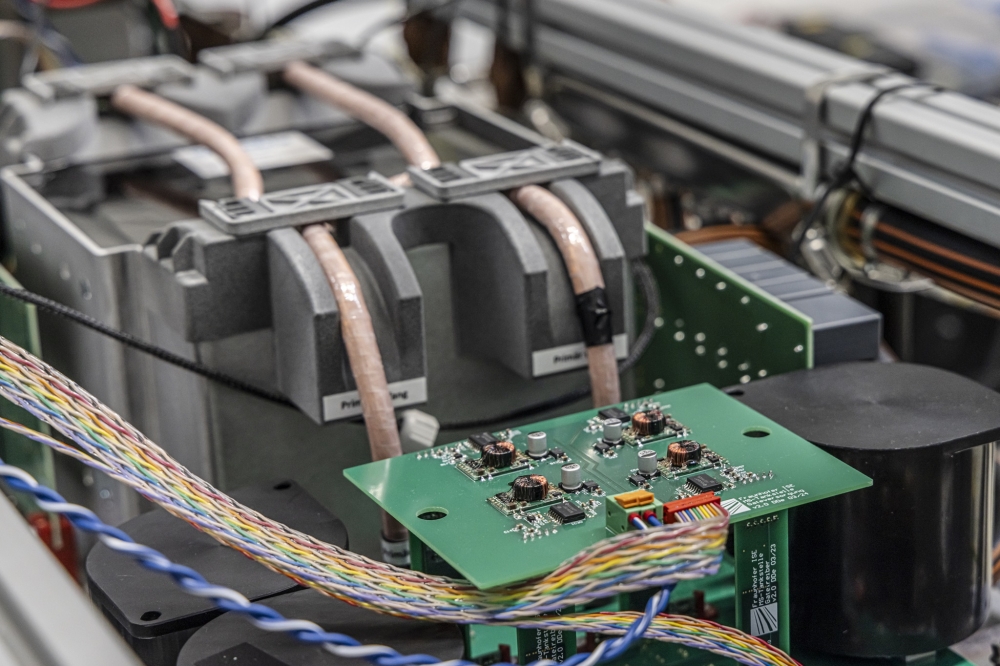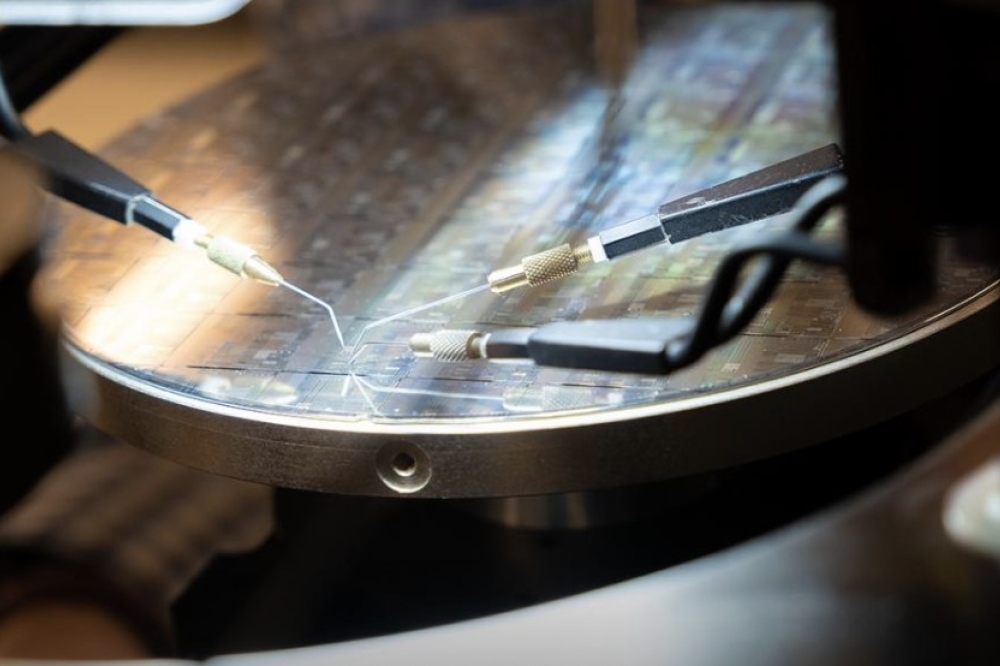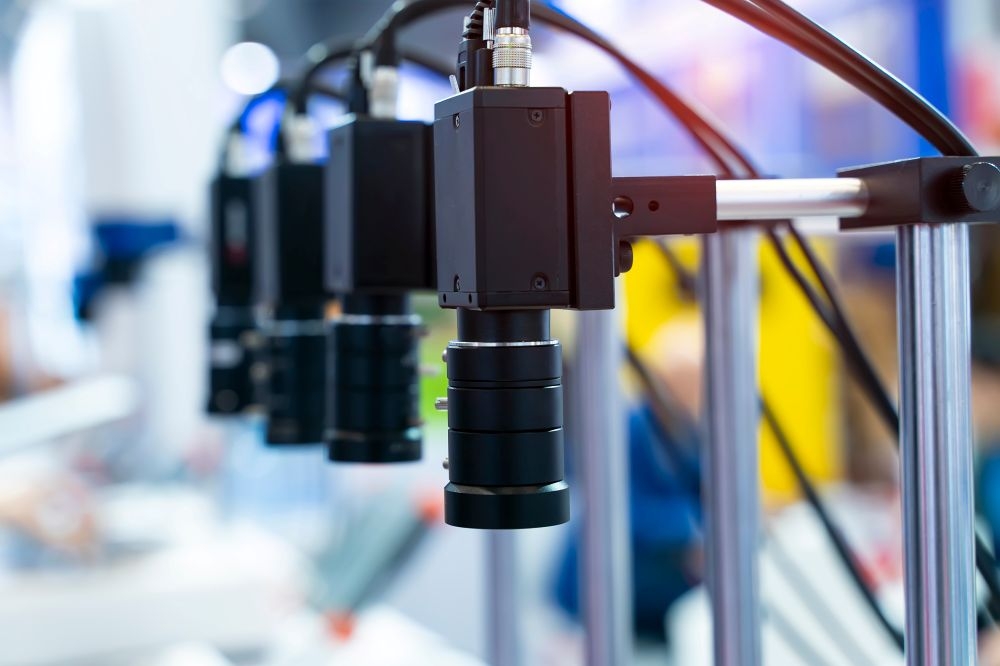Debunking a dubious assumption
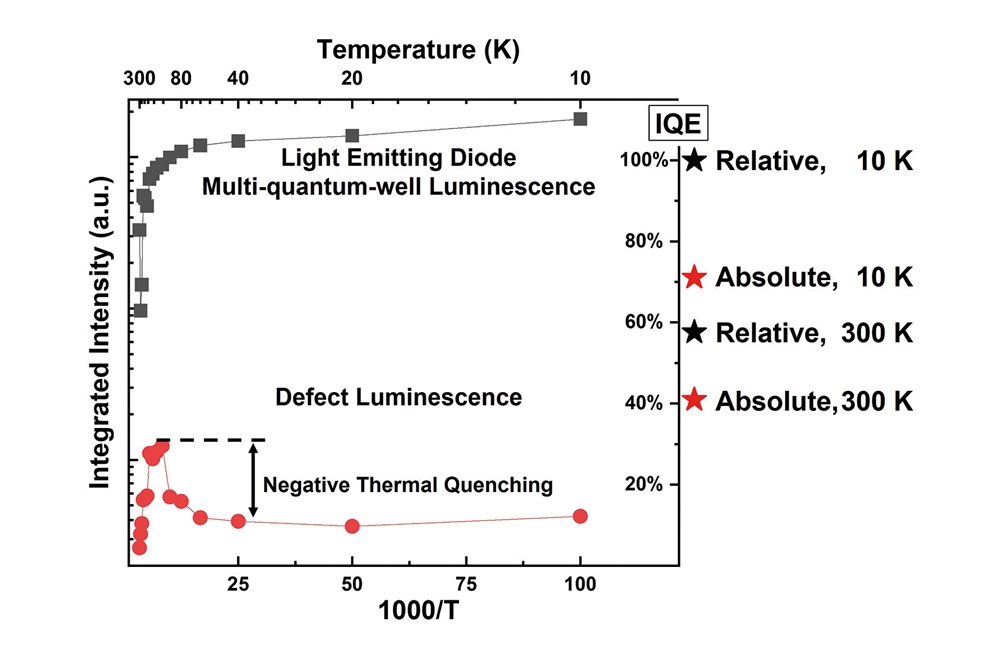
Assuming a perfect internal quantum efficiency at temperatures approaching absolute zero is not justified, according to modelling of photoluminescence data
One of the widely held assumptions with our community is that the internal quantum efficiency (IQE) of light-emitting structures reaches 100 percent at very low temperatures. But this view is incorrect – and it can even be very wide of the mark – according to Can Bayram and co-workers from the University of Illinois at Urbana-Champaign (UIUC)
The team’s finding has tremendous implications for IQE measurements of LEDs and lasers. IQE is a crucial metric for evaluating these light emitters, which have roadmaps for increases in efficiency that will ensure a trimming of CO2 emissions. For example, the US Department of Energy is pushing for an increase in blue LED efficiency from 70 percent to 90 percent by 2035, an improvement that could deliver annual energy savings of 450 TWh.
Bayram told Compound Semiconductor that for many years, he has harboured concerns relating to the measurement of IQE: “The community does not have an ‘absolute’ basis for assessing LEDs or photonic structures, and has no consensus means of comparing IQE values from the large variety of structures across research/publishing groups.” Bayram wants to see the community establish an “absolute” IQE measurement that would ensure robust comparisons of: devices by different vendors, designs by different research groups, and materials from different growth chambers.
Another problem that comes from assuming a perfect IQE at low temperatures – this might be 4K, 10 K or even 77 K – is that it leads to a misrepresentation of the origins of losses, along with misappropriation of losses to other effects.
The approach UIUC takes shares some similarities with the standard approach for measuring IQE, which involves measurements of photoluminescence at different temperatures. However, Bayram and colleagues don’t simply compare the total intensity of the main multi-quantum-well luminescence at different temperatures. Defect luminescence behaviour is included, alongside its negative thermal quenching action that impacts the primary luminescence peak.
Bayram and co-workers have investigated an GaN-based LED on sapphire, grown by Chinese vendor Xiamen, as well as an LED grown on silicon by Veeco.
Atomic force microscopy uncovered V-shaped defects and spiral hillock-like steps on the surfaces of the LEDs with a sapphire and a silicon foundation, respectively. This form of microscopy also determined values for the defect density: 6 x 109 cm-2 for the LED on sapphire, and 5 x 108 cm-2 for that on silicon. X-ray reciprocal space mapping and Raman spectroscopy revealed that the degree of compressive strain is higher in the LED on sapphire.
Photoluminescence spectra from the two types of LED at a range of temperatures revealed blue emission from the active region, along with: a broad yellow luminescence; UV emission; near band-edge emission; and a broad red luminescence, restricted to just the LED on silicon. Plotting integrated intensities for each of these peaks as function of temperature revealed a quenching of the highly luminescent multi-quantum-well emission, coinciding with a rise in defect luminescence, due to a redistribution of carriers.
From the increase in this intensity and subsequent modelling drawing on data such as device strain, the team determined values for IQE for the LEDs grown on silicon and sapphire of 71 percent and 28 percent, respectively. The latter is “very low compared to what can be achieved today,” says Bayram.
He and his co-workers will now study LEDs from various vendors, comparing values for IQE from optical and electrical measurements.
“We believe the path to the world’s most efficient, next-generation LEDs will require new assessment techniques,” adds Bayram. These will be employed to compare conventional and novel LEDs, such as those with a cubic geometry.
Pictured above: UIUC reports the absolute internal quantum efficiency of a generic blue LED on silicon (111) to be as low as 71.1 percent at 10 K – far from the assumed 100 percent.
Reference
Y. Chiu et al. Appl. Phys. Lett 122 091101 (2023)

























